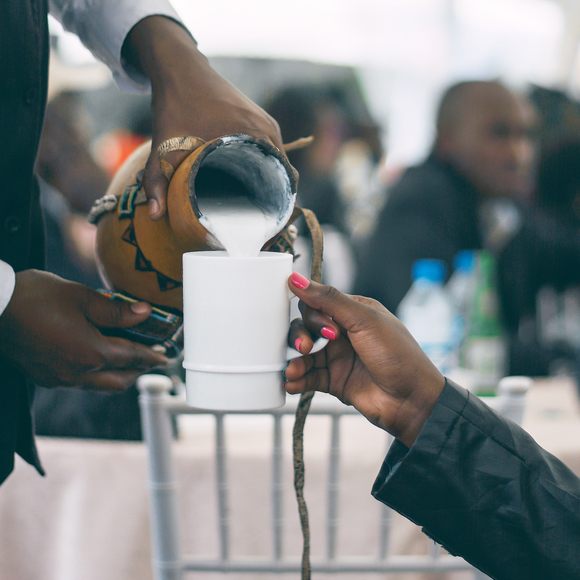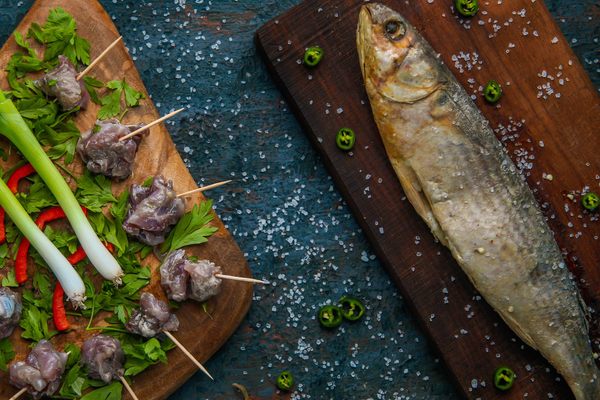Drinks
Mursik
In Kenya, celebrations for victorious runners often begin with a sip of fermented milk.
Kenya has a reputation for dominating long-distance races in many global competitions. When the heroes and heroines return to their villages after winning trophies and breaking world records, the first part of their congratulatory reception is often a sip of mursik, a traditionally fermented milk in a calabash gourd.
Mursik is an integral part of the culture and heritage of the Kalenjin community, home to many of Kenya’s renowned runners. As such, the tangy fermented milk has become synonymous with the country’s athletics.
With its history tracing back more than 300 years, mursik likely started as a way of preserving milk during surfeit production times. Dairy farmers begin with fresh cow, goat, or sometimes sheep milk, then boil it and cool it to ambient temperature. Then, they pour it into a calabash gourd known as a sotet.
The sotet, which as been lined with the charcoal of specific trees, is then capped and stored in a cool, dry place to allow for spontaneous fermentation. (Sometimes, makers might add animal blood to the fresh milk before setting it aside to ferment.) The charcoal inside the sotet imparts a unique smoky flavor to the milk as well as a bluish color, which is of high aesthetic value to the consumer.
The resulting milk should be smooth and sour. However, the flavor of different batches of mursik can vary significantly. It’s heavily dependent on how it was prepared and the quality of original milk.
Written By
 Elphas Ngugi
Elphas Ngugi














